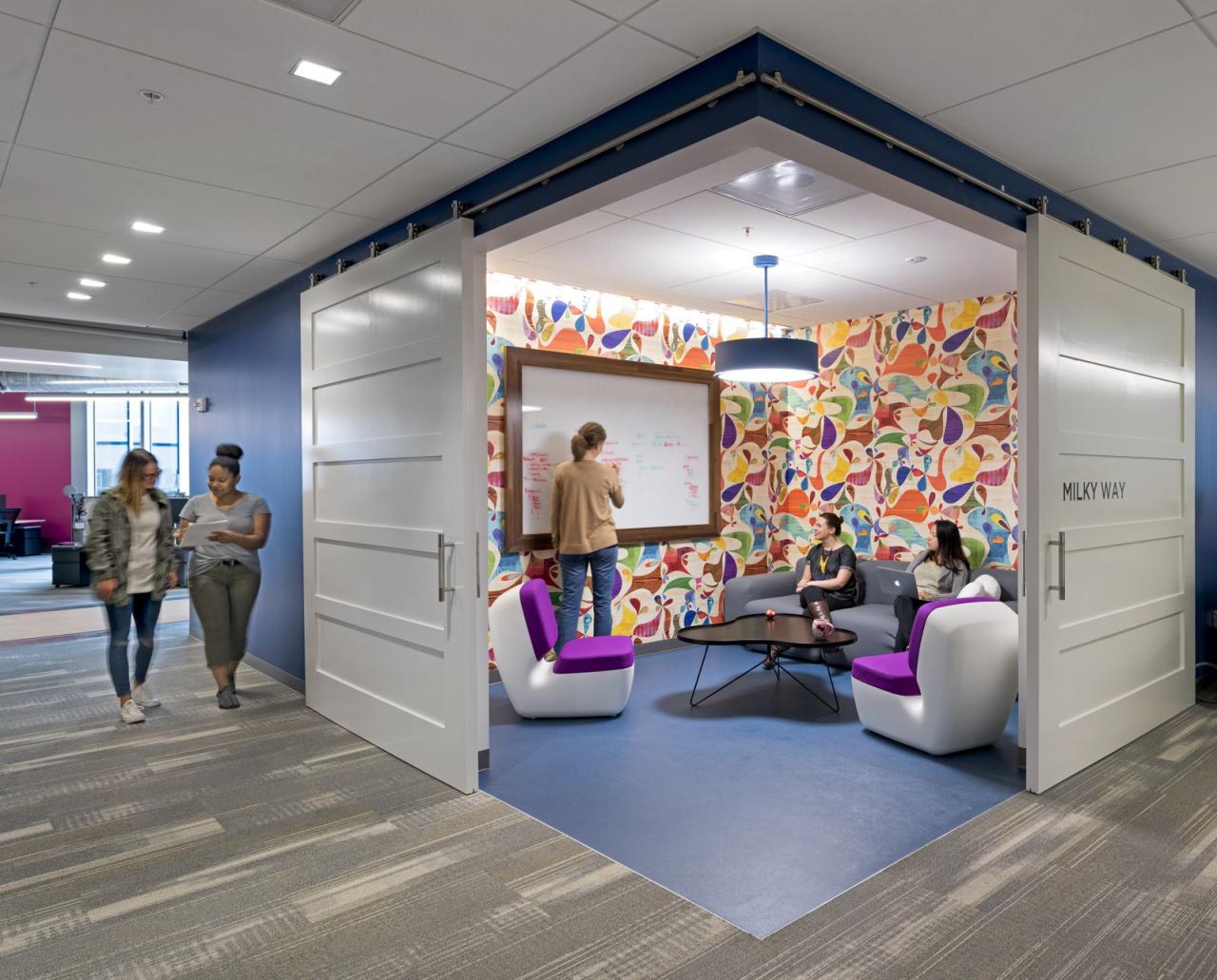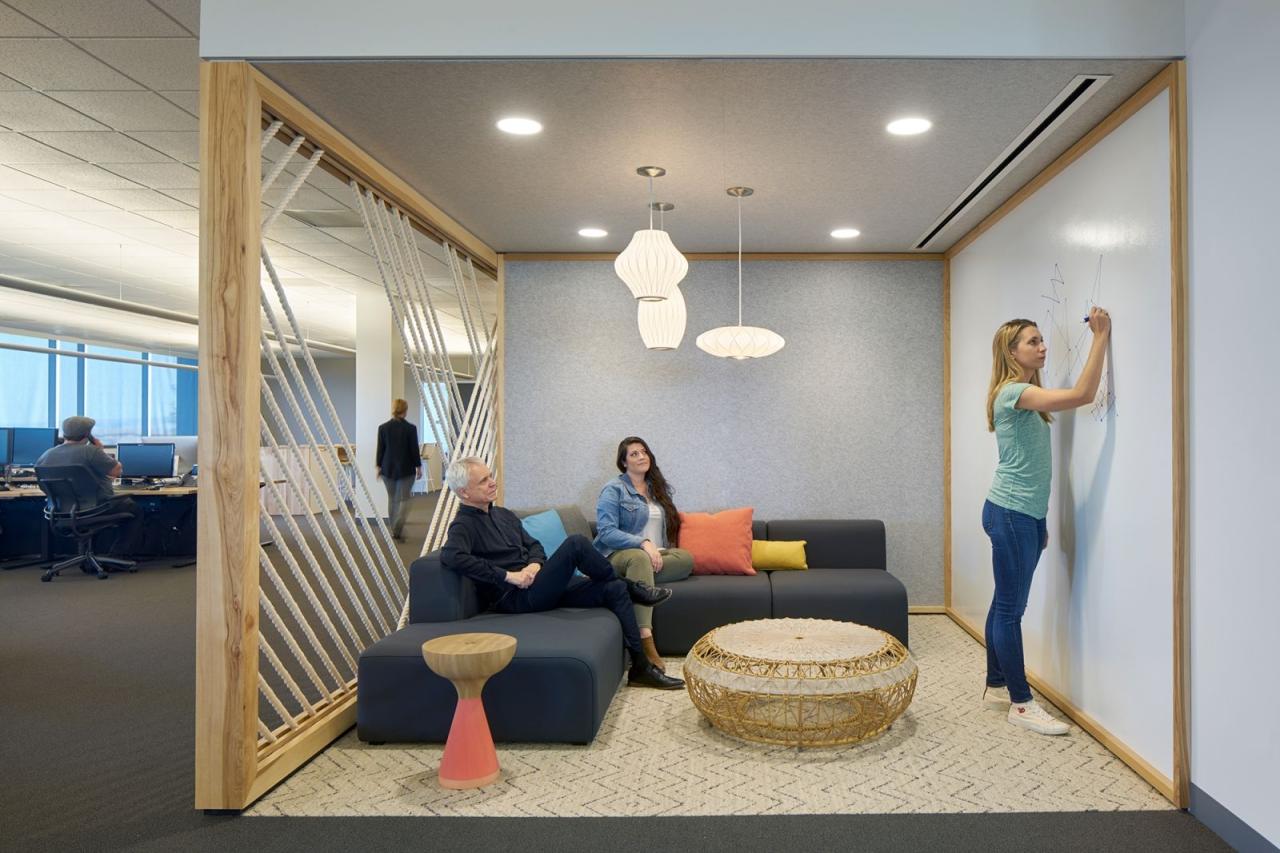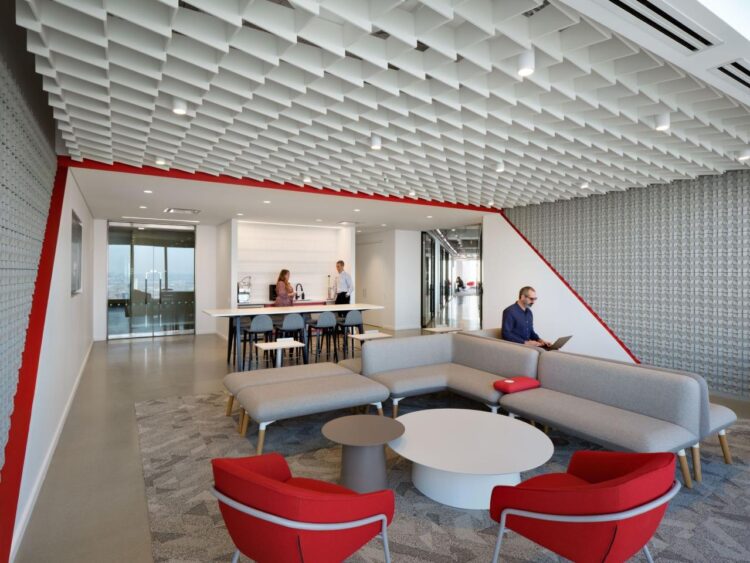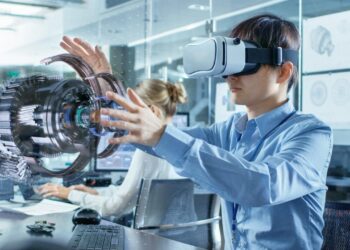The global shift towards remote and hybrid work models has dramatically redefined the concept of the “office.” While the initial transition saw millions confined to makeshift home workspaces, a more sophisticated and productive evolution is underway.
This evolution is leading organizations and independent professionals to realize that the most effective and inspiring remote “office” is often found not in a quiet suburban room, but paradoxically, within the vertical marvels of modern skyscraper office towers.
These towering structures, once symbols of corporate rigidity, are being reinvented as the ultimate, technology-rich, and community-focused hubs for the distributed workforce.
This comprehensive examination delves into why these high-rise buildings—the very structures that housed the previous era of work—are uniquely positioned to become the premier destinations for the future of work, offering a blend of connectivity, professionalism, and inspiration that a home setup simply cannot match.
I. Unrivaled Technological Infrastructure and Connectivity
The foundation of effective remote work is reliable, high-speed connectivity. Standard residential internet, often shared across entire neighborhoods and lacking redundancy, frequently falls short.
In contrast, modern commercial towers are built from the ground up to handle massive data loads, a critical factor for bandwidth-intensive tasks like video conferencing, cloud computing, and large file transfers.
A. Redundant and Future-Proofed Fiber Optics
Tower buildings typically feature multiple, redundant fiber-optic lines from different carriers entering the structure.
This architectural necessity ensures near-zero downtime, a non-negotiable requirement for mission-critical remote operations.
- A. Carrier Diversity: Access to multiple Tier-1 internet service providers (ISPs) simultaneously.
- B. Physical Redundancy: Fiber paths are often physically segregated to prevent a single point of failure (e.g., street excavation).
- C. Dedicated Bandwidth: Commercial leases often include guaranteed symmetrical upload and download speeds, essential for professional-grade video calls and cloud synchronization.
B. Advanced Building Management Systems (BMS)
Beyond just internet, towers integrate sophisticated Building Management Systems (BMS) that control everything from climate to security, all accessible through unified digital platforms.
This creates a secure, controlled, and optimized environment far superior to a residential setting.
C. 5G/6G Readiness and Distributed Antenna Systems (DAS)
To combat the “canyon effect” that hinders mobile signals in dense urban areas, many high-rise offices employ Distributed Antenna Systems (DAS).
These systems ensure perfect mobile and high-speed wireless connectivity throughout the building, including in elevators and basement levels, seamlessly supporting the mobile nature of modern work.
II. The Psychology of Professionalism and Productivity
While comfort is a perk of working from home, consistent professionalism and peak productivity often require a distinct psychological separation between work and personal life.
The environment of a tower office intrinsically fosters this necessary mindset.
A. Elevated Mental State and Focus
The act of commuting to a dedicated, architecturally impressive workspace signals to the brain that it is time to engage in high-level cognitive function.
This ritualistic transition enhances focus and minimizes the common distractions of the home.
B. The Power of Vertical Views and Natural Light
High floors in skyscrapers offer panoramic views and unparalleled access to natural light. Scientific studies consistently link access to natural light and expansive views to increased alertness, better mood, reduced eye strain, and ultimately, higher productivity.
A 2021 study by Harvard researchers noted that employees with windows showing natural views reported higher levels of well-being and less stress.
C. Architectural Inspiration and Aspiration
The very design of a modern tower—sleek lines, high ceilings, premium materials—is intended to inspire. Working in a space designed for ambition and success can subconsciously elevate an individual’s goals and commitment.
III. Health, Wellness, and Ergonomics
Modern skyscrapers are not just steel and glass; they are increasingly focused on employee well-being, often achieving certifications like WELL Building Standard and LEED.
This commitment to health vastly surpasses the often-neglected ergonomic and environmental conditions of a home office.
A. Superior Air Quality and Filtration
A crucial, often overlooked, aspect of the modern tower is its sophisticated HVAC (Heating, Ventilation, and Air Conditioning) system.
A. HEPA Filtration
Many commercial systems utilize High-Efficiency Particulate Air (HEPA) filtration or equivalent systems, which are vital for removing allergens, pollutants, and airborne pathogens.
B. Increased Air Exchange Rates
Commercial buildings are mandated to have higher air exchange rates than residential ones, ensuring a constant supply of fresh, circulated air, which directly impacts cognitive performance.
B. Dedicated Ergonomic Support
Commercial office spaces are furnished with industrial-grade, ergonomic furniture—chairs, standing desks, and monitor arms—designed for 8-10 hours of comfortable, healthy work.
Investing in this level of equipment for a home office is often cost-prohibitive for the individual.
C. Integrated Wellness Amenities
Modern towers often incorporate amenities that promote physical and mental breaks, essential components of long-term remote productivity:
A. Fitness Centers and Studios: On-site gyms and yoga rooms.
B. Outdoor Terraces and Green Spaces: Sky gardens and outdoor collaborative areas.
C. Quiet/Meditation Rooms: Dedicated spaces for deep work or mental downtime.
 IV. Enhanced Security and Data Integrity
IV. Enhanced Security and Data Integrity
For companies dealing with sensitive data, intellectual property, or regulatory compliance (like HIPAA, GDPR, etc.), a residential environment presents significant security risks.
Commercial towers offer multiple layers of physical and digital security.
A. Physical Access Control
Towers employ robust security measures that are simply impossible to replicate in a residential setting.
A. 24/7 Manned Security: Professional security personnel monitor and control access.
B. Turnstile Systems and Keycard Access: Multi-factor authentication is required to access building floors and suites.
C. CCTV Monitoring: Comprehensive surveillance throughout the premises.
B. Network Security and Compliance
The network infrastructure within a commercial office is professionally managed and hardened against cyber threats.
A. Enterprise-Grade Firewalls: Industrial-strength network protection managed by dedicated IT professionals.
B. Secure Wi-Fi Networks: Segmented networks for employees, guests, and building operations, preventing unauthorized access to core systems.
C. Disaster Recovery: Tower infrastructure often includes dedicated backup power (generators) to maintain operations during widespread power outages, safeguarding data integrity.
V. The Crucial Element of Professional Socialization and Culture
While work can be done alone, innovation and strong company culture thrive on interaction. The tower office provides the essential “third place”—neither home nor a casual coffee shop—for focused, professional interaction.
A. Structured and Serendipitous Collaboration
The tower environment facilitates two types of crucial interaction:
A. Structured Meetings: High-tech boardrooms and collaboration zones for planned team meetings, client pitches, and training sessions.
B. Serendipitous “Water Cooler” Moments: Accidental encounters in the lobby, elevator, or café that spark innovation, strengthen team bonds, and allow for quick problem-solving. These moments are entirely absent in a fully remote model.
B. Strengthening Organizational Culture
For organizations operating in a hybrid model, the tower office serves as the cultural anchor. It is the physical manifestation of the brand and values. Regular, physical gatherings are indispensable for:
A. Onboarding New Employees: Integrating new hires into the culture and providing essential in-person training.
B. Team Building and Cohesion: Hosting company-wide events, celebrations, and town halls.
C. Leadership Visibility: Allowing junior staff crucial face-to-face interaction with senior leadership.
C. Professional Services and Amenities Proximity
Working in an urban tower places remote workers within walking distance of essential services that support a professional life:
A. Financial and Legal Services: Banks, notaries, and corporate law firms.
B. Dining and Hospitality: High-quality restaurants for client lunches and business entertaining.
C. Transportation Hubs: Direct access to public transit, minimizing personal vehicle reliance and stress.
VI. Economic Efficiency and Scalability for Modern Businesses
The investment in a commercial tower hub, even for a reduced footprint, provides significant long-term economic and operational advantages over managing a decentralized network of residential offices.
A. Scalability and Flexibility (Hub-and-Spoke Model)
For a company utilizing the hub-and-spoke model (a central corporate tower and smaller satellite offices), the tower provides a flexible, scalable core.
Companies can scale up or down the number of desks in the central hub through flexible leasing or co-working agreements within the building, avoiding the immense costs and permanence of full-scale traditional leases.
B. Reduced Capital Expenditure (CapEx) on Home Setups
By providing a high-quality physical workspace, companies reduce the pressure and often the necessity to provide extensive stipends for furniture, high-speed residential internet, and utility costs to every single remote employee. A centralized, well-equipped hub is a more efficient use of capital.
C. Corporate Image and Client Perception
Despite the rise of digital communication, a physical, prestigious address in a well-known tower district still carries significant weight.
For client-facing businesses, having an impressive, professional base of operations enhances corporate credibility and trust during physical meetings and on marketing materials.
 VII. The Future of Tower Design: From Office to Experience Center
VII. The Future of Tower Design: From Office to Experience Center
Architects and developers are rapidly adapting high-rise spaces to cater specifically to the hybrid remote worker, transforming the traditional office into a dynamic “experience center.”
This is the ultimate proof that the tower’s relevance is growing, not diminishing.
A. Focus on Hospitality and Amenities
New tower designs mimic high-end hotels, offering concierge services, premium dining halls, curated art installations, and even nap pods. The goal is to make the work environment a desirable destination.
B. Flexible, Unassigned Seating (Hot Desking)
The interior layout is shifting from rows of dedicated cubicles to highly flexible, modular spaces. Remote workers “check-in” and use hoteling software to reserve a spot—be it a collaborative sofa, a private soundproof booth for calls, or an open ergonomic workstation.
C. Seamless Integration of PropTech (Property Technology)
Advanced sensors and smart technology manage the employee experience:
A. Occupancy Monitoring: Real-time data guides HVAC and lighting to save energy and optimize comfort.
B. Contactless Access: Mobile credentials for touchless entry, promoting hygiene.
C. App-Based Services: Building apps for booking rooms, ordering food, and reporting maintenance issues.
Conclusion
The notion that the remote work revolution would lead to the obsolescence of the skyscraper is proving to be a short-sighted prediction. Instead, a new, symbiotic relationship is emerging.
The home office provides individual flexibility and proximity to family, but the tower hub provides the essential elements that guarantee long-term business success: technological superiority, enhanced productivity, professional security, and vital cultural cohesion.
For forward-thinking companies and ambitious remote professionals, the modern tower building is not merely a nostalgic holdover; it is the most advanced, efficient, and inspiring destination for the future of professional work.
It provides the high-octane infrastructure, the professional detachment, and the necessary human connection that elevates the remote experience from merely working at home to succeeding from anywhere.
The skyscraper is, without a doubt, the ultimate hub in the new distributed work economy.






